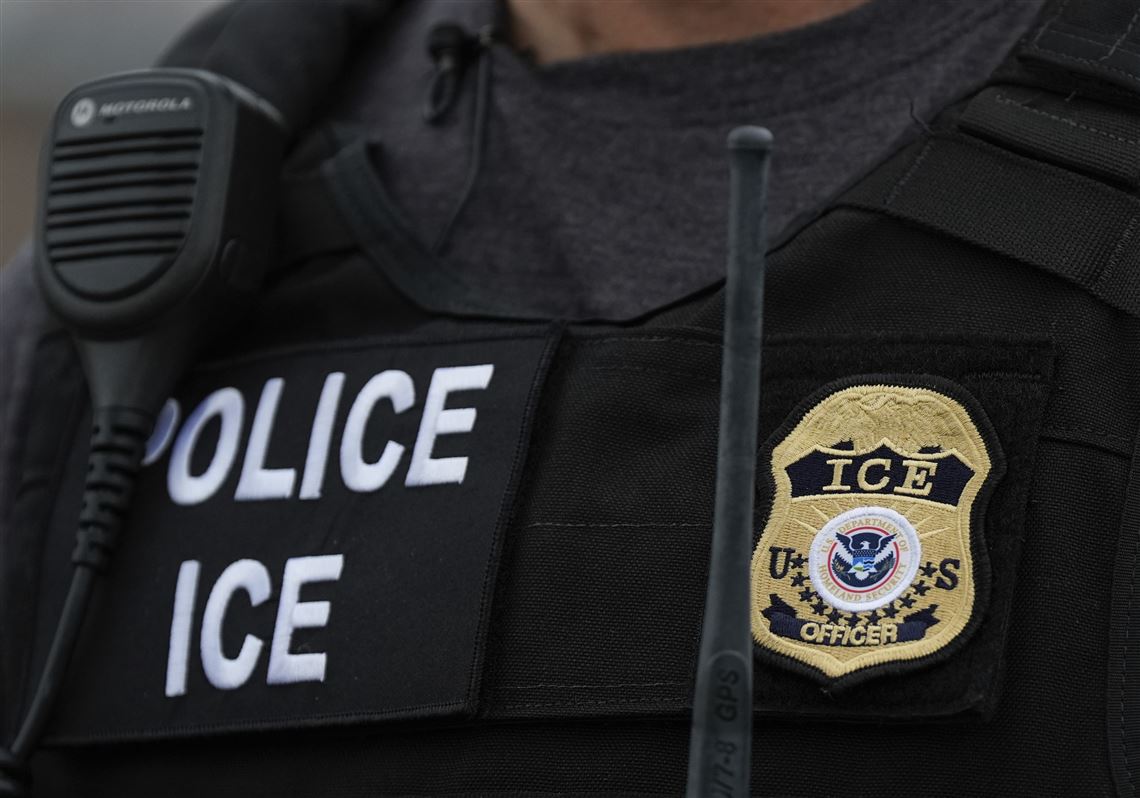March 1, 2025
From our partners at SESCO Management Consultants:
 Dealers nationwide are contacting SESCO concerning being investigated by U.S. Immigration and Customs Enforcement (ICE) officials.
Dealers nationwide are contacting SESCO concerning being investigated by U.S. Immigration and Customs Enforcement (ICE) officials.
This significantly increased activity is subsequent to President Trump’s pledge to remove undocumented migrants from the country.
ICE Authority to Enforce Immigration Laws
- ICE has the authority to arrest and detain undocumented migrants. It can conduct workplace raids and other enforcement activities to effectuate these arrests.
- ICE must present a judicial warrant to enter nonpublic areas of a workplace. A judicial warrant is signed by a federal judge, not an immigration officer. The warrant must provide specific details, such as the name of the individual to be arrested, the location, and the reason for the arrest. Without a judicial warrant, ICE is only allowed to be in public areas of the workplace.
- ICE has the authority to execute the warrant and that may include detaining persons not specifically named in the warrant.
 What To Do If an ICE Agent Visits
What To Do If an ICE Agent Visits
- All employees should remain calm and composed.
- Only the designated points of contact should interact with ICE agents. These individuals should be well-versed in the organization’s policies and the legal rights of employees.
- Designated points of contact should have ICE agents identify themselves by name and badge number. Employers must lawfully abide with providing information and access to facilities where a valid warrant is presented.
- Designated points of contact should politely request to see and review any warrants presented by ICE agents and ensure the warrants are valid and specific to the premises before permitting access to any private areas. For the warrant to be valid, it must be signed by a federal judge. If the warrant is a Department of Homeland Security (DHS) Form I-200 or I-205 signed by an immigration officer, this is not a judicial warrant. In this case, the employer can advise the ICE agent that the warrant is not a valid judicial warrant and that the ICE agents may not enter any private areas – they must remain only in public areas.
- Points of contact should provide information or documents required by a valid warrant but need not provide information or records falling outside of the warrant.
- After the ICE visit, document the event by immediately identifying the names and badge numbers of ICE agents who were present, the time and duration of their presence, and any actions taken by the agents.
SESCO is suggesting that all clients review and prepare I-9 documentation for such an investigation. If you have any concerns about your I-9 compliance, please contact SESCO immediately.
